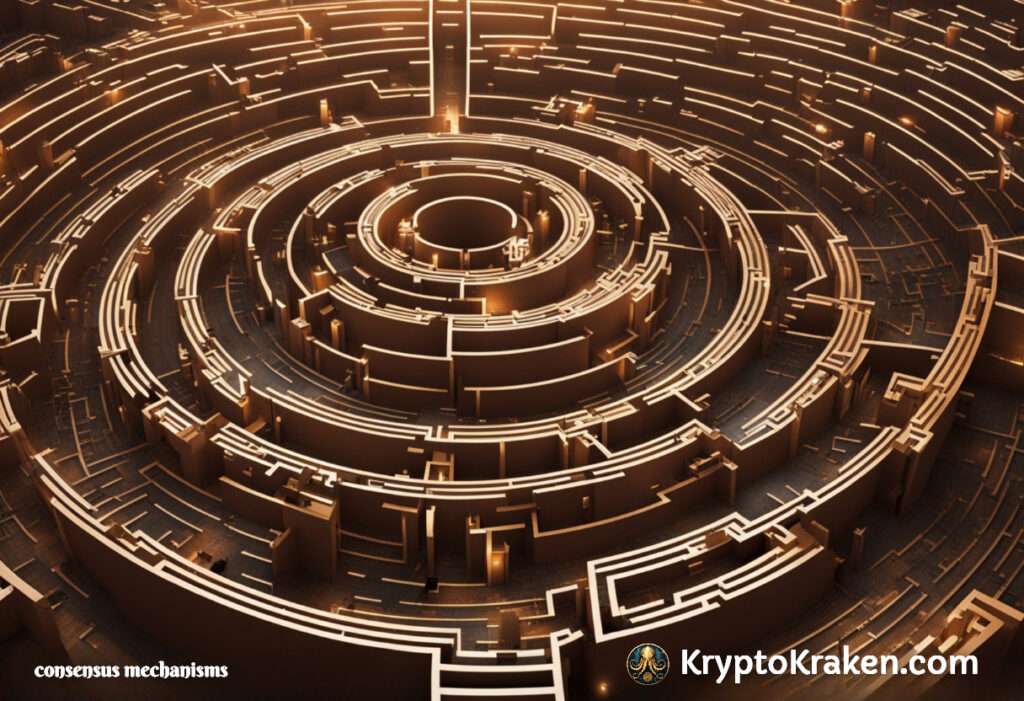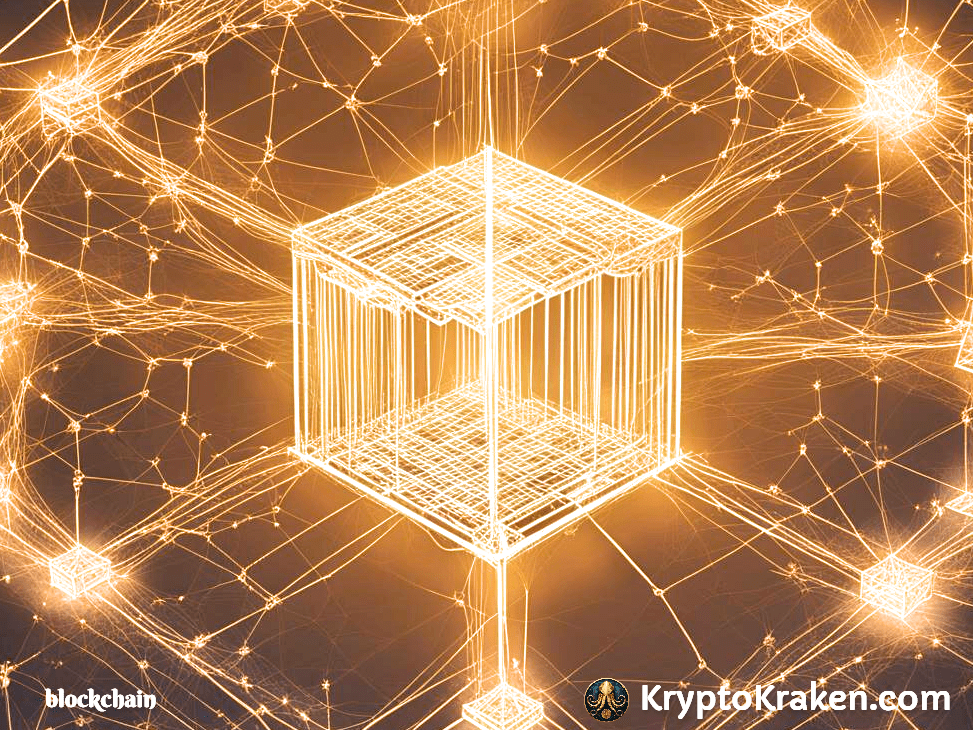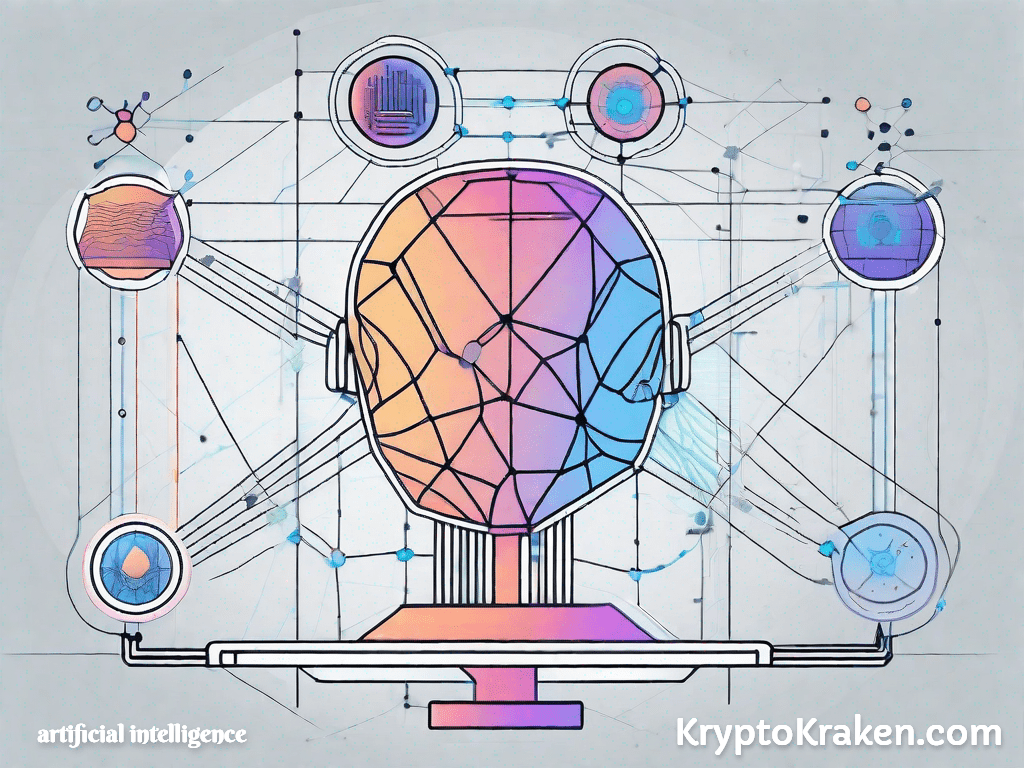
- August 25, 2023
- Dennis Frank
- 3
Table of Contents
Blockchain technology is revolutionizing industries around the world, providing decentralized and secure solutions for various business processes. One of the key components of blockchain technology is the consensus mechanism, which ensures that all participants in the network agree on the order and validity of transactions. Among the various consensus mechanisms, Proof of Stake (PoS) has gained significant attention due to its potential advantages and unique approach.
Introduction to Blockchain Technology
Before delving into the intricacies of Proof of Stake, it is essential to understand the fundamental concepts of blockchain technology. Blockchain is a distributed ledger that records transactions across multiple computers. It eliminates the need for intermediaries by enabling participants to verify and validate transactions collectively. Each transaction is stored in a block, which is then cryptographically linked to the previous blocks, creating an immutable chain of information.
Blockchain technology offers transparency, security, and efficiency, making it an attractive solution in various sectors such as finance, supply chain management, and healthcare.
The Role of Consensus Mechanisms in Blockchain
Consensus mechanisms are algorithms or protocols that enable participants in a blockchain network to agree on the validity and order of transactions. These mechanisms ensure that all participants reach a consensus without the need for a central authority.
Consensus mechanisms address the problem of double-spending, which occurs when a malicious actor tries to spend the same digital asset multiple times. By establishing a common agreement, consensus mechanisms prevent fraudulent activities and maintain the integrity of the blockchain network.
Comparing Proof of Stake to Other Consensus Mechanisms
Proof of Stake is a consensus mechanism that differs from the more commonly known Proof of Work (PoW) mechanism. PoW requires participants, known as miners, to solve complex mathematical puzzles to validate transactions and add them to the blockchain.
On the other hand, Proof of Stake selects validators based on the number of cryptocurrency tokens they hold and the length of time they are willing to hold them. This approach aims to ensure that the validators have a vested interest in maintaining the security and integrity of the network.
The Concept of Proof of Stake
The concept of Proof of Stake has evolved over time, addressing the limitations and drawbacks of other consensus mechanisms. It originated as an alternative to the energy-intensive PoW mechanism used in Bitcoin, with the goal of reducing resource consumption and increasing scalability.
The History and Evolution of Proof of Stake
The concept of Proof of Stake was first proposed by Sunny King and Scott Nadal in 2012 as an alternative to PoW. Their aim was to create a more sustainable and energy-efficient consensus mechanism. Since then, several variations of PoS have emerged, each with its own set of features and advantages.
Some prominent examples of PoS-based blockchains include Ethereum 2.0, Cardano, and Tezos. These platforms have implemented unique approaches to achieve consensus and improve the overall efficiency of their networks.
Understanding the Basic Principles of Proof of Stake
Proof of Stake operates on the principle that the more cryptocurrency tokens a participant holds, the more likely they are to be selected as a validator. Validators are responsible for creating new blocks and validating transactions. In return, they earn transaction fees and block rewards.
Unlike PoW, where the probability of mining a block depends on computational power, PoS utilizes the participants’ stake to determine their chances of being selected. This design encourages participants to hold and invest in the cryptocurrency, aligning their interests with the security and stability of the network.

How Proof of Stake Works
Understanding the inner workings of Proof of Stake is critical in comprehending its overall efficiency and security. The process involves staking and the role of validators.
The Process of Staking in Blockchain
Staking refers to the act of holding cryptocurrency tokens in a wallet with the objective of participating in the consensus mechanism. Participants lock up a specific amount of tokens as a form of collateral, demonstrating their commitment to the network.
Staking also helps to maintain the security of the blockchain by discouraging fraudulent activities. If a validator attempts to manipulate the network, they risk losing the tokens they have staked.
The Role of Validators in Proof of Stake
Validators play a crucial role in the Proof of Stake consensus mechanism. They are responsible for creating new blocks and validating transactions. Validators are selected based on various factors, including the number of tokens they hold and the length of time they have been staked.
Validators must actively participate in the network, monitoring transactions and ensuring their validity. If a validator acts maliciously or fails to fulfill their responsibilities, they may face penalties such as losing their staked tokens.
Advantages of Proof of Stake
Understanding Proof of Stake offers several advantages over other consensus mechanisms, making it an appealing choice for blockchain networks.
Energy Efficiency and Sustainability
One of the significant advantages of Proof of Stake is its energy efficiency. Unlike PoW, which requires miners to perform extensive computations, PoS selects validators based on their stake. This design reduces the energy consumption associated with mining, making PoS more environmentally friendly and sustainable.
The reduced energy consumption also contributes to lower transaction fees, benefitting participants and facilitating broader adoption of blockchain technology.
Increased Security Measures
Proof of Stake enhances the security of blockchain networks by encouraging participants to hold and stake a significant amount of tokens. Validators have a vested interest in maintaining the integrity of the network since any malicious activity could lead to a loss of their staked tokens.
This stake-based approach incentivizes validators to act honestly and discourages attacks, making PoS networks more secure against 51% attacks and other forms of manipulation.
Criticisms and Limitations of Proof of Stake
While Proof of Stake has numerous advantages, it also faces criticisms and limitations that should be considered.
The “Nothing at Stake” Problem
The “Nothing at Stake” problem refers to a scenario where validators can simultaneously support conflicting blockchain forks without incurring any cost or risk. Since staking does not involve significant computational power, validators can participate in multiple forks, potentially compromising the consensus and leading to network instability.
To mitigate this issue, various PoS-based protocols implement mechanisms such as slashing, which penalizes validators for supporting multiple forks.
Potential for Centralization
Another criticism of Proof of Stake is its potential for centralization. Critics argue that validators with more significant token holdings have greater influence over the network. This concentration of power could lead to a few entities controlling the consensus, compromising the decentralized nature of blockchain technology.
However, researchers and developers are continuously working on addressing these concerns, implementing decentralized governance models and incorporating mechanisms to encourage broad participation.
In conclusion, Proof of Stake is a consensus mechanism that offers energy efficiency, scalability, and improved security measures compared to other mechanisms such as Proof of Work. By understanding the foundational concepts and inner workings of PoS, we can appreciate its potential to revolutionize the blockchain landscape. Despite the criticisms and limitations, ongoing research and development aim to shape PoS into a robust and fair consensus mechanism for the future of blockchain technology.






































































































3 comments on “Understanding Proof of Stake: A Comprehensive Guide”